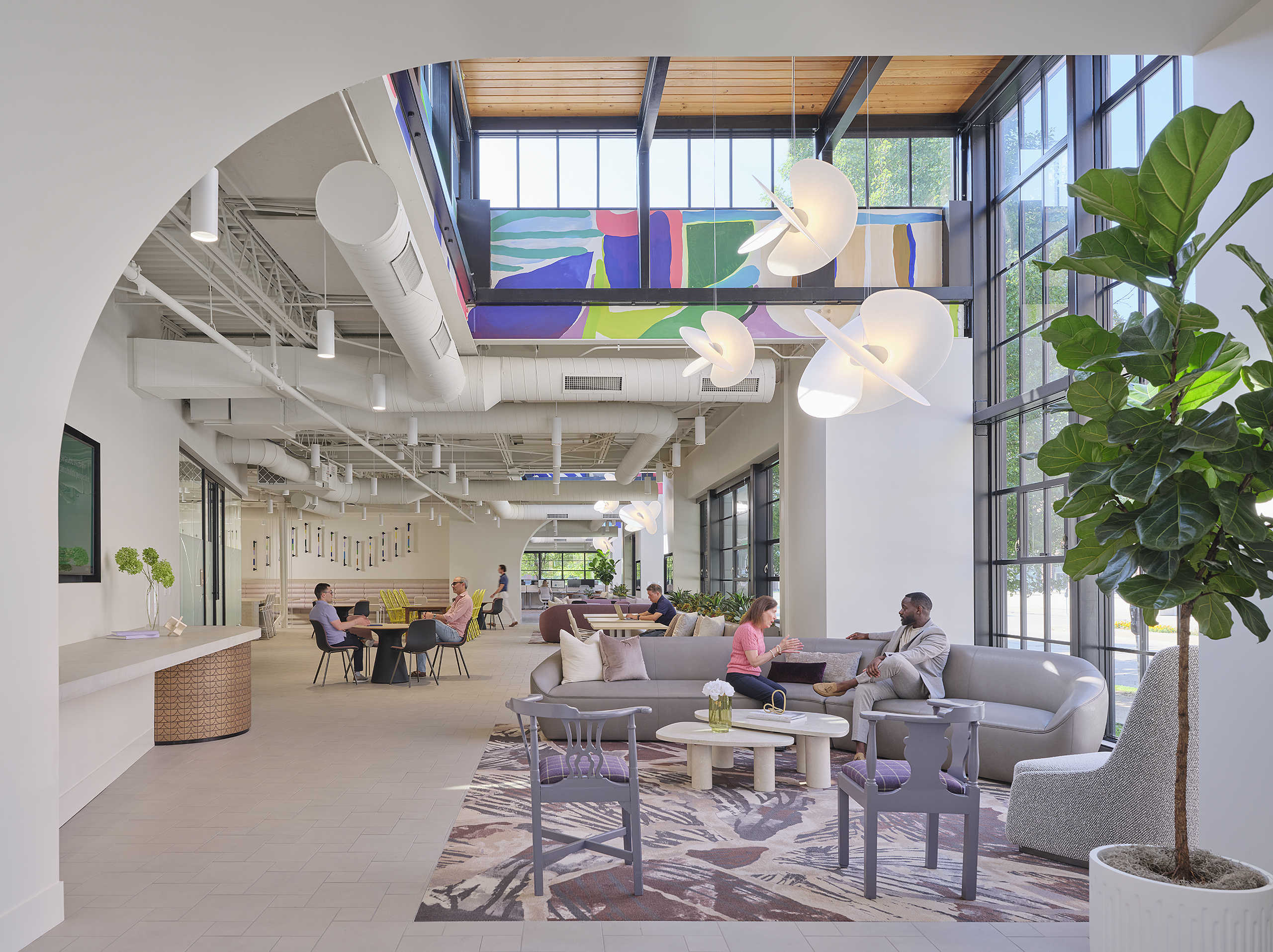It happens more times than we can count. A project kicks off with excitement and a clear vision, but somewhere along the way, things become murky. The budget swells, timelines stretch, and the final product doesn’t quite match the initial dream. Often, the culprit isn’t a lack of effort but a flawed project delivery method. When it comes to the complex world of Mechanical, Electrical, and Plumbing (MEP) systems, the choice between a Full MEP Design and a Design-Build approach can make all the difference.
Let’s be honest, the idea of a single point of contact in a Design-Build model sounds appealingly simple. However, for most projects, especially complex ones, separating the designer from the builder offers a level of control, quality, and cost-effectiveness that is unmatched. It’s about building a project on a foundation of solid engineering, not on a series of compromises.
This article will walk you through the key advantages of a traditional Full MEP Design approach. We’ll explore why having a dedicated engineering partner on your side from day one leads to better outcomes, fewer headaches, and a higher-quality building you can be proud of.
The Power of a Fully Coordinated Design
Imagine an architect trying to design a beautiful, functional building without knowing where massive ducts, pipes, or electrical panels will go. It sounds like a recipe for disaster, right? This is where the magic of a Full MEP Design truly shines.
During this initial phase, our engineers work hand-in-glove with the architect. We meticulously plan for utility chases in walls, determine precise equipment sizes, and pinpoint ideal locations for every system component. This isn’t just about making things fit; it’s about seamlessly integrating the building’s vital systems into the architectural vision.
“It’s the difference between a building that feels thoughtfully designed and one that feels like a series of afterthoughts.”
This process also establishes crystal-clear accountability. The designer designs, and the contractor builds. There’s no finger-pointing or gray area when issues arise. This separation fosters greater design creativity, allowing engineers to explore innovative and efficient solutions without being constrained by a contractor’s preferred methods or materials.
Fewer Surprises, More Control for the Owner
One of the biggest anxieties for any project owner is the fear of the unknown. “What will this really cost?” “Will there be expensive changes midway through construction?” A comprehensive Full MEP Design provides the best possible answer to these questions before a single shovel hits the ground.
With a complete set of design documents in hand, you, the owner, have a detailed roadmap of the entire project scope. You understand exactly what you are paying for, from the brand of the air handling units to the type of light fixtures. This clarity drastically reduces the likelihood of costly change orders and budget overruns down the line.
Competitive Bidding: Your Key to Cost Savings
Here’s a simple truth: competition drives down costs. When you have a fully detailed and specified set of construction documents, you can put your project out for bid to multiple qualified contractors. They are all bidding on the exact same scope of work—an apples-to-apples comparison.
This competitive bidding environment naturally encourages contractors to sharpen their pencils and provide their best possible price. It’s a transparent process that ensures you are getting fair market value for the construction.
In a Design-Build scenario, you are often locked in with one entity for both design and construction early on, forfeiting the immense financial leverage that competitive bidding provides. The separation of design and construction is a powerful tool for protecting your budget.
Ensuring Quality from Start to Finish
A great design is only as good as its execution. With a Full MEP Design approach, the engineer’s role doesn’t end when the drawings are complete. We remain your advocate and quality control expert throughout the entire construction phase.
This continuous oversight—from reviewing equipment submittals to conducting site visits—is crucial for a high-quality result. It ensures that the systems are installed correctly and that the materials used meet the stringent design requirements. This diligence prevents corner-cutting and ensures your building will perform as intended for years to come.
Building Robust, Long-Lasting Solutions
At the end of the day, an MEP system is a long-term investment. The goal of a Full MEP Design is to provide the most robust, efficient, and reliable engineering solution possible. We are focused on the building’s lifecycle, not just the initial construction cost.
In some Design-Build projects, an inherent conflict of interest may arise. The builder’s incentive to maximize profit or hit the project budget can sometimes lead to design choices that prioritize lower upfront costs over long-term performance, efficiency, or maintenance.
By having an independent engineer design the system, you get a solution based purely on sound engineering principles and your project’s best interests. There’s no incentive to cut corners. The result is a more solid, dependable, and often more energy-efficient system that delivers value far beyond the initial build.
A Flexible Alternative: The Design-Assist Model
Of course, not every project fits neatly into one box. What if the speed of a Design-Build model is attractive, but you don’t want to sacrifice engineering quality? For these situations, a hybrid approach known as Design-Assist can be the ideal solution.
In a Design-Assist role, our team would develop a “Basis of Design.” These documents outline the fundamental engineering concepts, performance requirements, and quality standards for the project. Design-Build contractors can then use these documents to develop their bids and final designs, again bidding apples to apples with a defined scope.
This approach gives you the best of both worlds. You benefit from the collaborative, single-source nature of Design-Build while still enjoying expert engineering input and oversight. We remain involved to review the contractor’s design, ensuring it aligns with the original intent and maintains a high standard of quality. It’s a smart way to retain engineering control without committing to a complete traditional design process.
Choosing the right project delivery method is one of the most critical decisions you’ll make. While Design-Build has its place, a Full MEP Design provides unparalleled control, quality assurance, and cost-effectiveness, delivering a final product built on a foundation of engineering excellence. Design-Assist blends the two design methods together when the project type (think less complex) and client needs do not warrant a fully-engineered comprehensive plan set. Both methods of design delivery can achieve a great outcome.
Don’t hesitate to get in touch with us if you have any questions about the design methods described above and to see how we can help you with your project.

Scott Gemske, DE, Vice President | Director of Plumbing Engineering
Scott is an integral member of the Harwood team, providing plumbing and fire protection system design from conceptual architectural plans. Scott’s experience includes healthcare, commercial, institutional, industrial, municipal, recreational, financial, educational facilities, casinos, and waterparks.

THOMAS PETERSEN, PE, LEED AP Vice President | Principal | Director of Electrical Engineering
Tom’s vast experience includes hospital power emergency systems, marinas, industrial power systems, fire alarm and paging systems, waterparks, casinos, high rises, and all forms of building and campus electrical distribution.

Spencer Cook, PE, Vice President | Director of Mechanical Engineering
Spencer has extensive experience designing and managing HVAC and plumbing systems for many projects, including Healthcare, Higher Education, Municipal, and Correctional. He has specialized in HVAC design for most of his career in these various project sectors. His variety in project work has allowed him to see many systems and applications for these different sectors, giving him a well-rounded approach to each new project.
